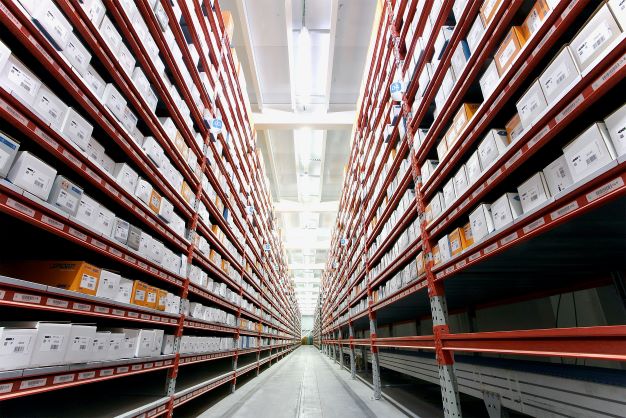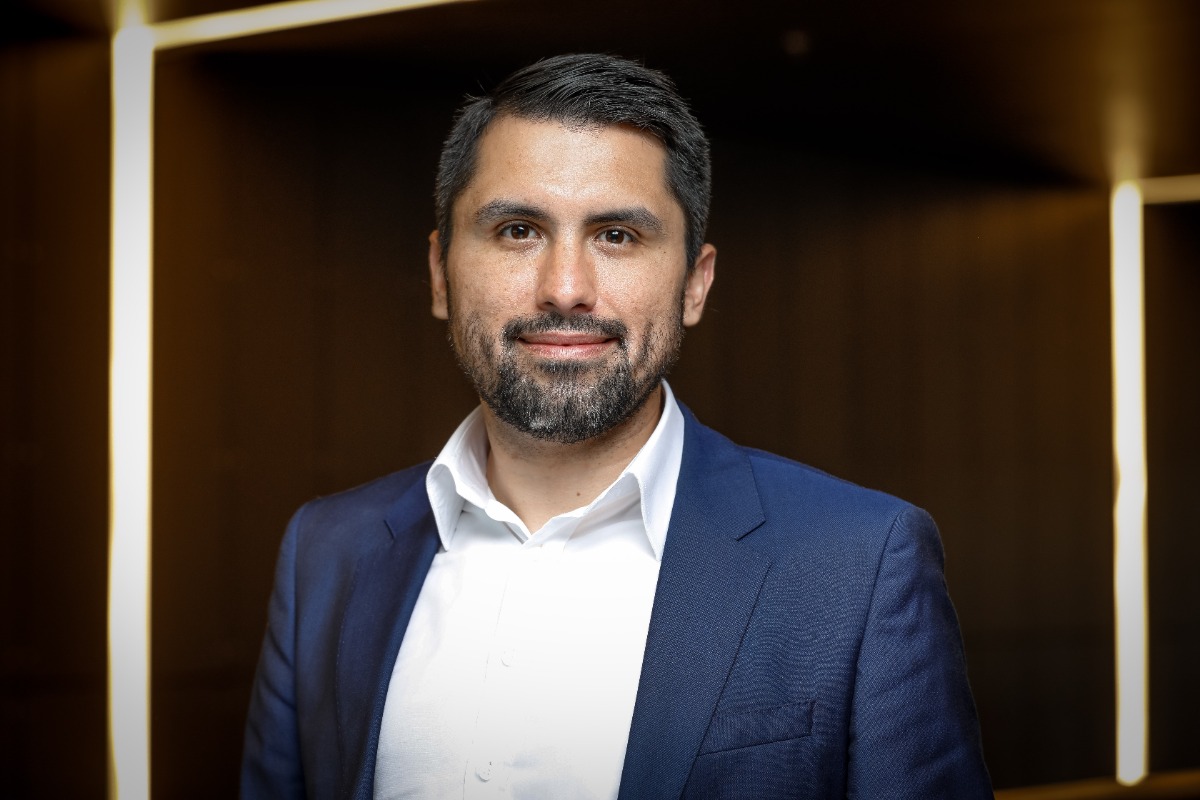Oh Polly specialises in glamorous, celebrity-inspired fashion. Its brand focused mainly on party attire and swimwear – but when the pandemic hit, it was able to pivot to highlight its loungewear lines as nights out and holidays were no longer an option.
Loungewear saw astonishing growth during 2020 – the category grew by 143% comparing March to April. Consequently, Oh Polly faced stiff competition and so was keen to make sure its customer experience was flawless.
Whilst that was all going on, the Oh Polly team was also working on a new project – one that it hoped would improve retention rates and customer satisfaction: its packaging.
As a pure-play online retailer, Oh Polly’s packaging is a crucial part of its eCommerce strategy. Back in February 2020, it had its first meeting with the Smurfit Kappa team.
An aesthetic issue
Oh Polly was coming up against several issues with its current packaging. The first was that it had noticed that the print quality varied greatly – meaning that the boxes arrived showing different shades of its core brand pantone colour. It was keen to ensure that the packaging was uniform, as it showcases brand continuity.
Additionally, Oh Polly’s success is in part due to its brand appeal and customer retention. This is aided by the fact it boasts industry-leading Facebook and Instagram accounts and has seen great results using influencer and affiliate marketing.
Image is clearly a key facet of the Oh Polly customer experience, extending from first brand interaction to unboxing of millennial-pink packaging. Luckily, the Smurfit Kappa Experience Centre team’s expertise spans from sustainability to aesthetics, and they quickly set to work.
Smurfit Kappa’s high-quality flexographic printing equipment guarantees quality, with the assurance that the colour of the boxes would always be the one that the brand expected.
The Oh Polly team was also concerned about the packaging for its sub-brand, Bo+Tee. Designed to plumb into the ongoing fitness craze, Bo+Tee shared Oh Polly’s chic style, though with a different image.
The Bo+Tee packaging is striking, a bold black emblazoned with a holographic print. The Experience Centre team suggested using lithographic printing to deliver the sleek effect desired, maintaining the brand’s quality whilst allowing Bo+Tee to stand out.
Lithographic printing provides excellent image quality as well as great value for money, so was a clear choice for the striking Bo+Tee packaging.
Flexible and fast
That initial order was rather hurried: Back in March 2020, Oh Polly’s previous packaging supplier had required a six-week lead time to provide it with the boxes. With spiking demand due to the UK going into the first national lockdown, Oh Polly was in need of an urgent solution.
Once the request for immediate supply was delivered by Oh Polly, the Smurfit Kappa Experience Centre team made sure that the order was designed, colours and artwork approved and a full truck produced and supplied into Oh Polly’s warehouse within eight days of the request being acknowledged.
Subsequent orders were a little less rushed: they have a two-week lead time. This was a vast improvement on the previous six, and Smurfit Kappa’s flexibility allows room to react to unexpected events and pressures.
Of course, the fact that Smurfit Kappa can design and produce packaging all within the UK is also a key factor: it reduces shipping times hugely.
Labour cost and efficiency
There was another issue troubling the Oh Polly team: that its original packaging was arriving un-palletised, meaning that it had to have employees manually off-loading packaging from containers and transported across several warehouses in order to be utilised for packaging orders.
This was not only leading to damaged boxes during transit from Asia to Europe, but was hugely time-inefficient.
A simple but highly impactful solution put in place by Smurfit Kappa was to ensure all packaging is delivered safely on pallets, with strapping and topboard to ensure a quick and smooth delivery and unloading process.
Manually assembling boxes was also identified by Oh Polly and Smurfit Kappa as an area where further efficiencies could be gained.
The Smurfit Kappa Experience Centre team suggested that Oh Polly explores its machine systems product offering. Through the purchase and implantation of a box assembly machine, Oh Polly is able to significantly reduce assembly time. The Smurfit Kappa machine can assemble two different sizes of box without damaging or scuffing the paper – and can get through 24 boxes per minute.
In fact, the cost of labour for at least two employees to manually assemble the boxes would be recouped within just one year.
Joe Henderson, Oh Polly’s Head of Operations, was delighted with this suggestion: “Smurfit Kappa have saved us so much time and money with their expertise – we can’t thank the Experience Centre team enough.”
Sustainability
The convenience of shipping isn’t the only benefit of having a local packaging supplier. Reduced carbon emissions mean that Oh Polly is now more eco-friendly, just by changing suppliers.
Meanwhile, Smurfit Kappa’s Experience Centre team are sustainability experts and were keen to work on Oh Polly’s environmental impact further. All Smurfit Kappa UK production plants are FSC certified and as a vertically integrated manufacturer, it was able to provide full traceability of its packaging supply chain.
The materials used in the new packaging design are 100% recyclable – allowing customers to safely and conscientiously dispose of the boxes using kerbside recycling services.
Quality paper packaging
Because Smurfit Kappa manufactures the vast majority of the paper used to produce boxes, it is guaranteed to have stock – even when there’s a shortage. Brands won’t be waiting for their orders due to unforeseen world events.
It also means it can offer even more flexibility to clients and don’t require minimum order quantities.
Besides this, the pro-active and consumer centric approach from Smurfit Kappa, coupled with its scale, means that it is well placed to keep up with Oh Polly’s rapid growth and ambitious future plans.
Smurfit Kappa’s eCommerce Director, Hamed Ahmed, looks forward to working with Oh Polly further: “We have built a strong and transparent partnership over the last 18 months. The Experience Centre team look forward to supporting Oh Polly’s brands further as they grow and strive in this competitive market.”





